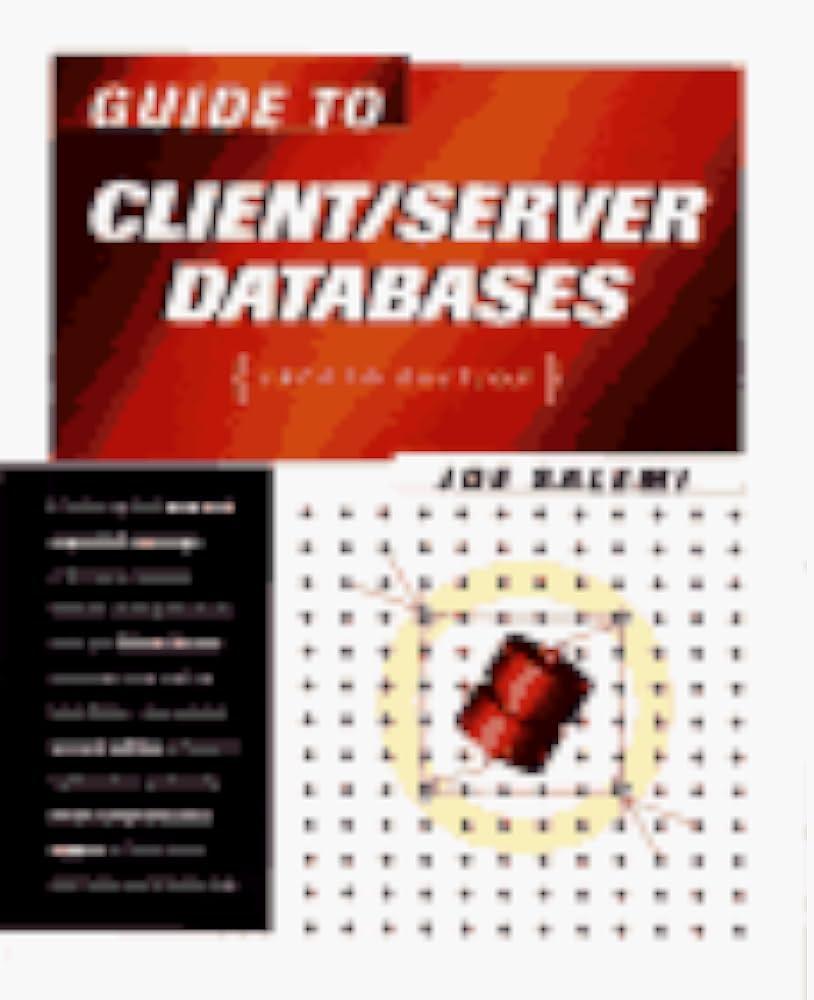PLEASE SHOW ALL STEPS. THANKS

Problem 1: Consider the following circuit-switched network in Fi and four switches A, B, C and D, going in the clockwise direction, and 4 circuits on each link. (i) In this network, calculate the maximum number of connections that can be in progress simultaneously at any one time? (ii) If all connections are between switches A and C, what is the maximum number of connections that can be in progress simultaneously? (ii) If we want to have 4 connections between A and C, and another 4 connections between B and D. Can we route these calls through the 4 links to accommodate all 8 connections? Fig 2 Problem 2: Consider the throughput example corresponding to Fig.2. If we have are M client- server pairs instead of 10. Denote Rs, Rc, and R for the rates of the server links, client links, and network link. If all other links have enough capacity and that there is no other traffic in the network besides the traffic generated by the Mcl throughput in terms of Rs, Re, R, and M ient-server pairs. Please deriv e a general expression for Problem 3: Assume an HTTP client that wants to obtain a web document at a given URL. The IP address of the HTTP server is unknown at first. The web document at the URL has one embedded GIF image that resides at the same server as the original document. What transport and application layer protocols besides HTTP are needed in this scenario? Problem 4: Suppose you click on a link to obtain a Web page in your Web browser. The IP address for the associated URL is not cached in your local host, so a DNS lookup is necessary to obtain this IP address. Assume that n DNS servers from DNS; the successive visits incur an RTT of RTT. RTTn. Further assume that the Welb page associated with the link contains exactly one object, consisting of a small amount of HTML text. Let RTTO denote the RTT between the local host and the server containing this object. Assuming zero transmission time of the object, how much time it will take from when the client clicks on the link until the client receives the object? are visited before your host receives the IP address Problem 5: Referring to the above problem, suppose this HTML file references 8 very small objects on the same server. Neglecting transmission times, how much time elapses with (i) Non- persistent HTTP with no parallel TCP connections?ii Non-persistent HTTP with the browser configured for 5 parallel connections? (iii) Persistent HTTP







